At 2.5 billion years old and weighing in at 2.5 tonnes, the banded iron formation is so heavy that Museum engineers had to reinforce the floor underneath it in Hintze Hall.
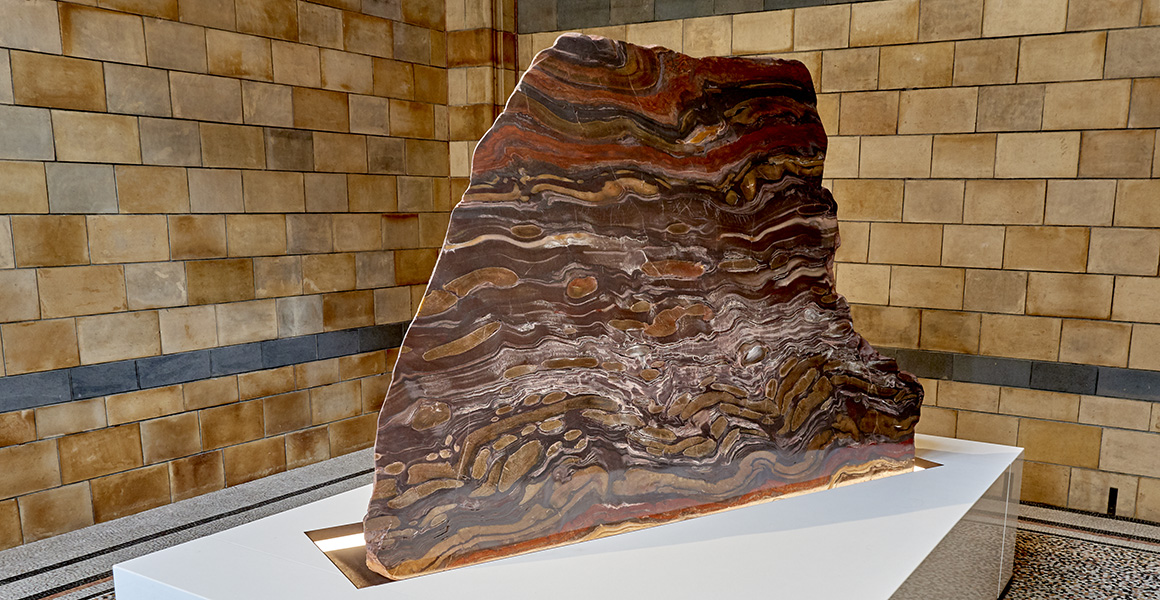
The Wonder Bay display is supported by the Claude and Sofia Marion Foundation
'The rock tells a fascinating story,' says Prof Richard Herrington, Head of Earth Sciences at the Museum.
'It records a critical milestone in Earth's history, when the atmosphere was changing rapidly and atmospheric oxygen was increasing - a key indication that primitive life on Earth was blooming.'
How did the banded iron form?
More than three billion years ago, bacteria in Earth's young ocean started to produce oxygen through photosynthesis. Around 2.6 billion years ago, bacteria really started to bloom and oxygen levels followed suit.
This oxygen combined with dissolved iron in the sea to form insoluble iron oxide, which sank to the sea floor. As it settled, sheets of red iron oxide were laid down between layers of silica-rich silt.
Over hundreds of millions of years, the oxygen bound with all the soluble iron that was available in the waters. The remaining free oxygen had nowhere else to go but up and out into the atmosphere.
The intricate layers in the formation represent a turning point in Earth's history known as the Great Oxygenation Event.
From this start, a further two billion years of oxygenation enabled a rapid increase in the formation of both minerals and new forms of life.
Richard says, 'The Oxygenation Event is the prelude to complex life. We're oxygen breathers and all organisms need an energy source. The burning of carbon in the presence of oxygen is largely where we get our energy from.
'It still took two billion years from the formation of this rock to get to multicellular organisms, but that's another story.'
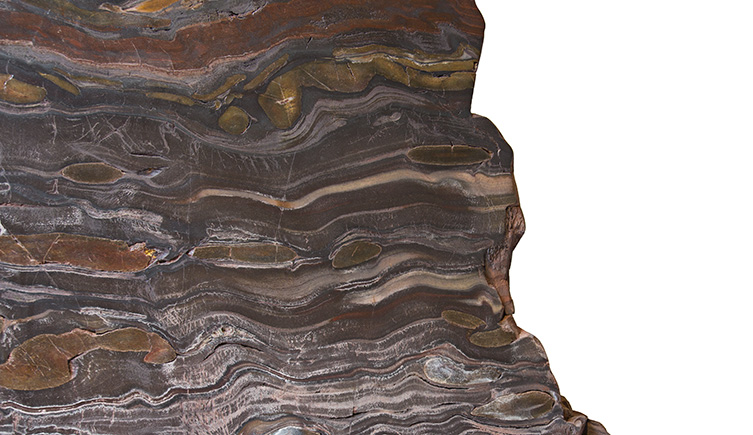
Visitors to the Museum can touch the wavy surface of the banded iron formation
The waves of colourful rock within the specimen are made up of black and red bands of iron oxide (mostly haematite and some magnetite), interspersed with lighter sedimentary rock (silica).
Scientists think that the layers and colour variations may mark cycles of bacterial boom and bust during the oxygenation events.
The bacteria responsible for producing oxygen are called cyanobacteria or Cyanophyta, which obtain their energy through photosynthesis.
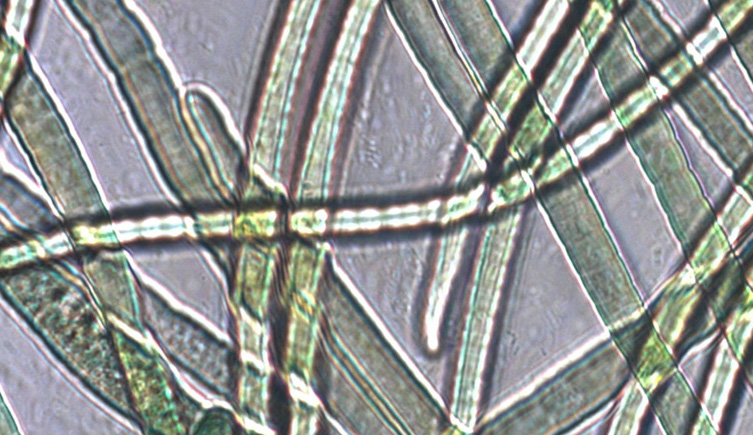
Cyanobacteria get their names from their striking blue-green colour
The Great Oxygenation Event happened globally, so banded iron formations can be found on every continent. They allow scientists to research the early atmosphere of our planet and the process of rock formation.
'Banded iron formations are also an important commodity, and their iron content has been drawn on to build the world as we know it,' Richard says.
Today, most of the iron from these rocks is used to make steel which is needed to produce cars, ships, buildings, bicycles and countless household items.
'However,' Richard adds, 'the extraordinary circumstances it took to create these rocks means that the global supply is finite.'
Where did it come from?
The specimen that visitors can see in Hintze Hall comes from the Pilbara region in northwestern Australia. The mining company Rio Tinto identified a 12-tonne lump of iron formation at one of its open-cast mines and had it cut down, polished and shipped to the Museum.
Containing approximately 32% iron, the formation didn't qualify as an ore-grade material, which would have made it useful to the company. Ore-grade materials require 58-62% iron content.
Part of the decision to include a number of star specimens in the newly revamped Hintze Hall is to highlight issues of sustainability - to get us all to think a little deeper about how we use Earth's resources.
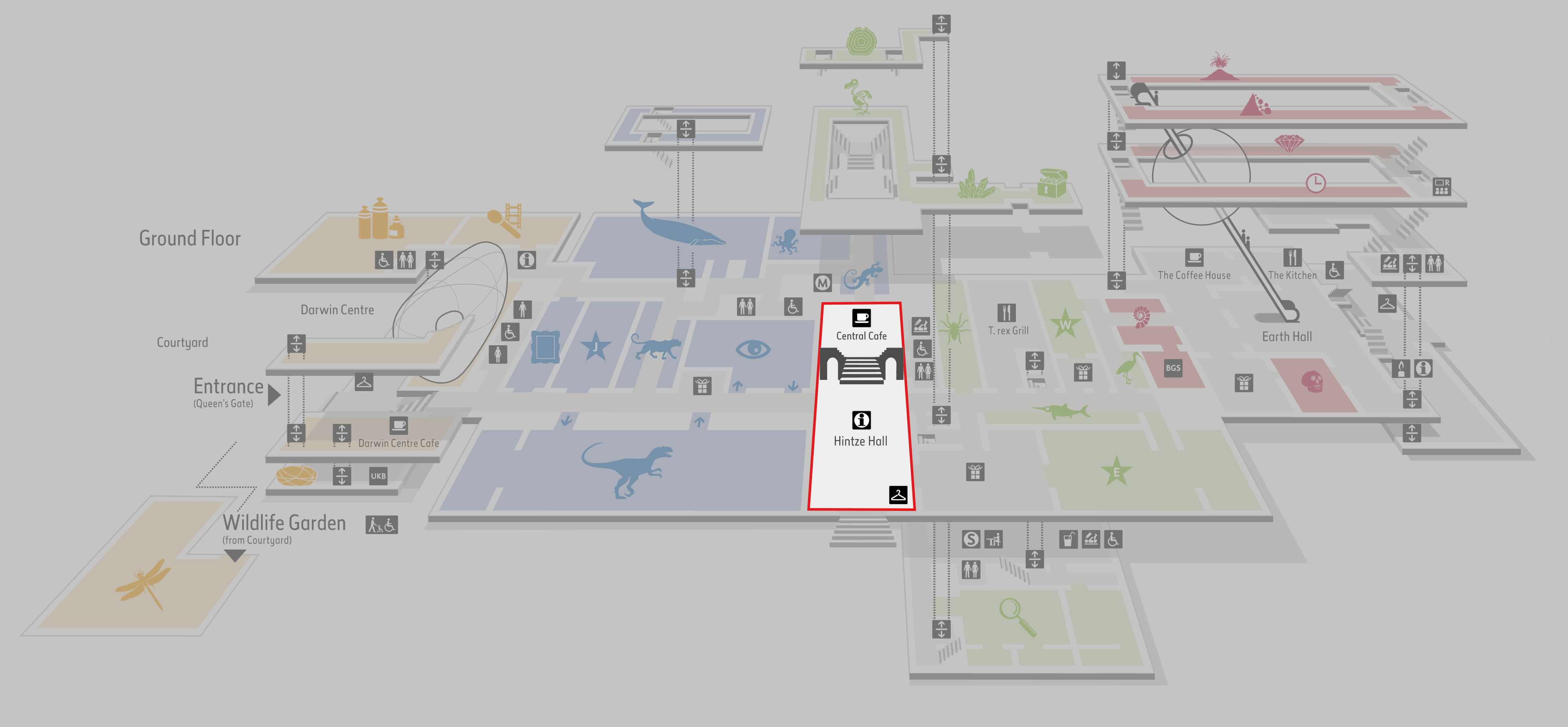
On display at the Museum
It's on display on the ground floor of Hintze Hall.

What on Earth?
Just how weird can the natural world be?

More fascination to feed?
Learn from top experts with our on-demand, online courses, designed for all levels of interest in the natural world.

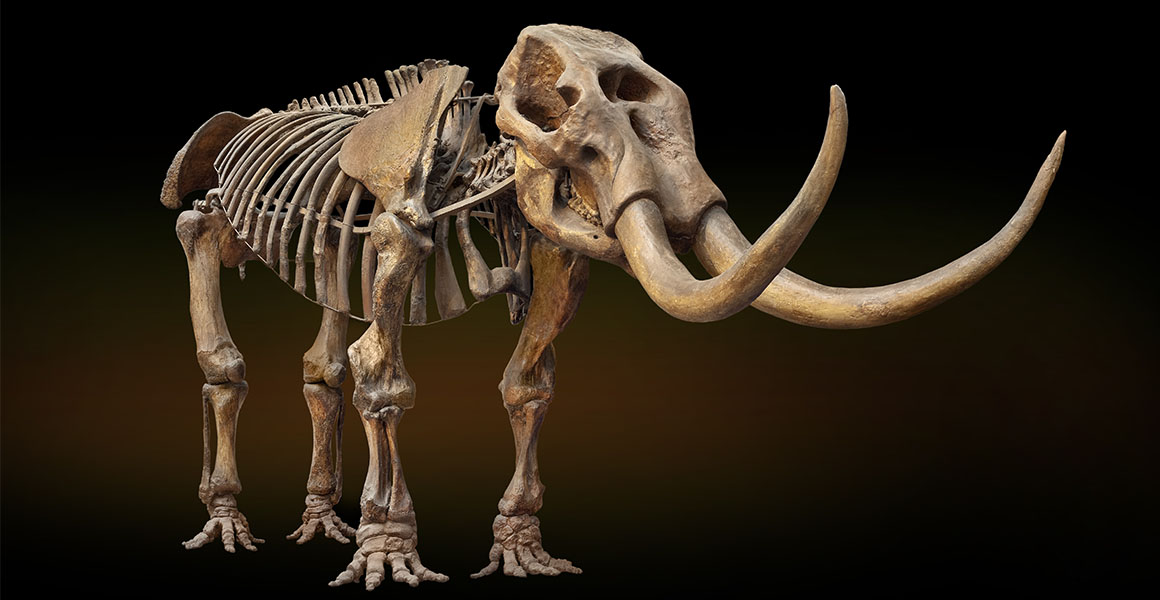


Don't miss a thing
Receive email updates about our news, science, exhibitions, events, products, services and fundraising activities. We may occasionally include third-party content from our corporate partners and other museums. We will not share your personal details with these third parties. You must be over the age of 13. Privacy notice.
Follow us on social media